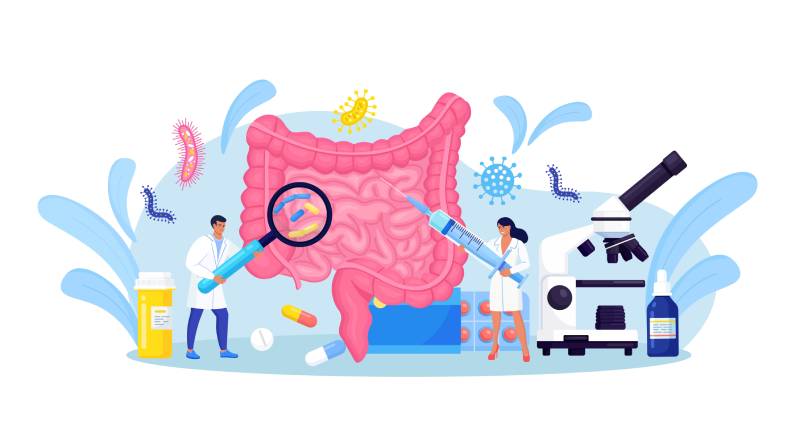The Small Intestine: A Vital Part of Our Digestive System
The small intestine is a crucial part of our digestive system, responsible for absorbing nutrients from the food we eat. It’s a long, thin tube that connects the stomach to the large intestine, and it’s where most of our nutrient absorption takes place.
How Digestion Works
Digestion begins in the mouth, where saliva breaks down food into smaller particles. The food then travels down the esophagus into the stomach, where acids break it down further. The partially digested food, now called chyme, enters the small intestine through the pyloric sphincter.
The Structure of the Small Intestine
The small intestine is approximately 7 meters long and 2.5 centimeters in diameter. It’s divided into three parts: the duodenum, jejunum, and ileum. The walls of the small intestine are lined with a velvety tissue, and the lining is folded in three ways to increase the surface area for nutrient absorption.
How Nutrient Absorption Works
The walls of the small intestine have tiny blood vessels called capillaries, which absorb nutrients from the digested food. The nutrients are then carried to different parts of the body through the bloodstream.
The Role of the Liver, Pancreas, and Gallbladder
The liver, pancreas, and gallbladder play important roles in digestion and nutrient absorption. The liver produces bile, which helps break down fats, while the pancreas produces enzymes that break down proteins and carbohydrates. The gallbladder stores bile from the liver and releases it into the small intestine to aid in fat digestion.
The Importance of Gut Bacteria
The small intestine is home to millions of bacteria, known as gut flora, which play a crucial role in our overall health. These bacteria help digest certain foods, produce vitamins, and even fight off harmful bacteria.
Keeping the Small Intestine Healthy
To keep the small intestine healthy, it’s essential to eat a balanced diet rich in fruits, vegetables, and whole grains. Foods high in prebiotics and probiotics, such as yogurt and fermented vegetables, can also help support gut health.
References:
https://www.webmd.com/digestive-disorders/picture-of-the-intestines#1
https://training.seer.cancer.gov/anatomy/digestive/regions/intestine.html
https://en.wikipedia.org/wiki/Large_intestine
https://en.wikipedia.org/wiki/Small_intestine
https://www.niddk.nih.gov/health-information/digestive-diseases/digestive-system-how-it-works

